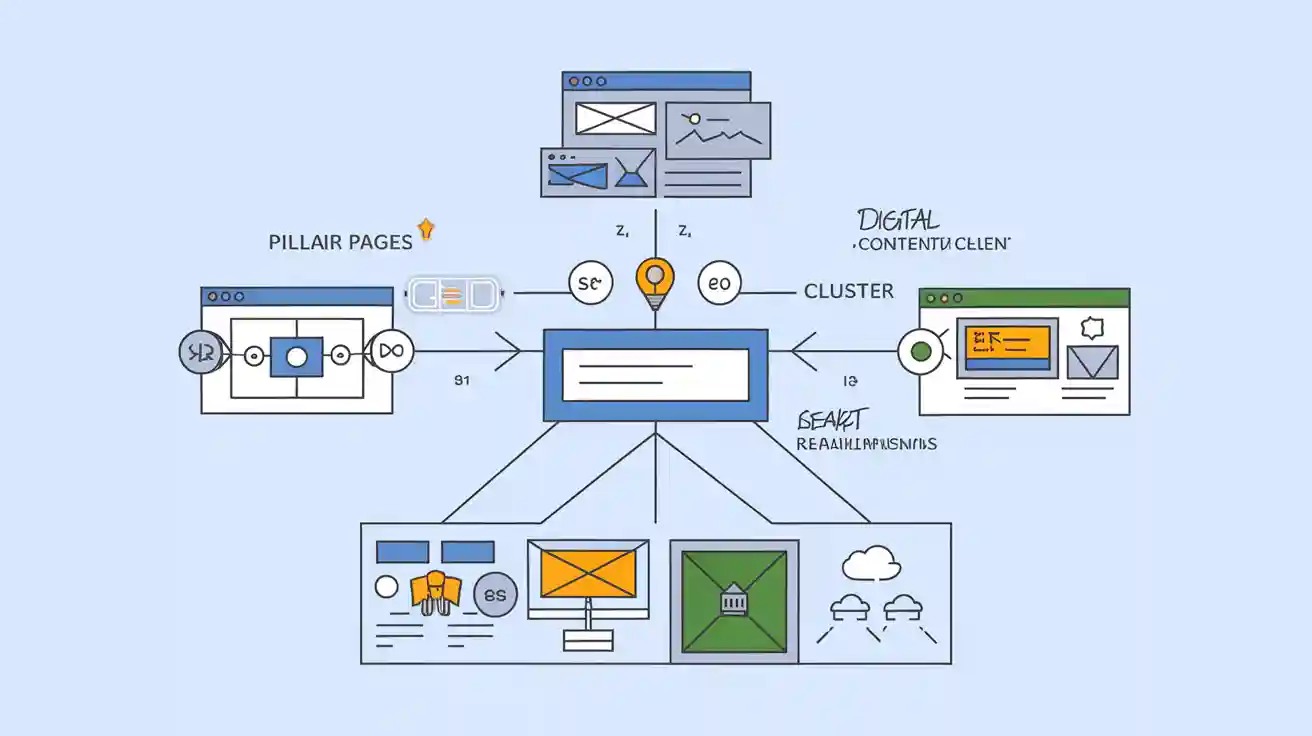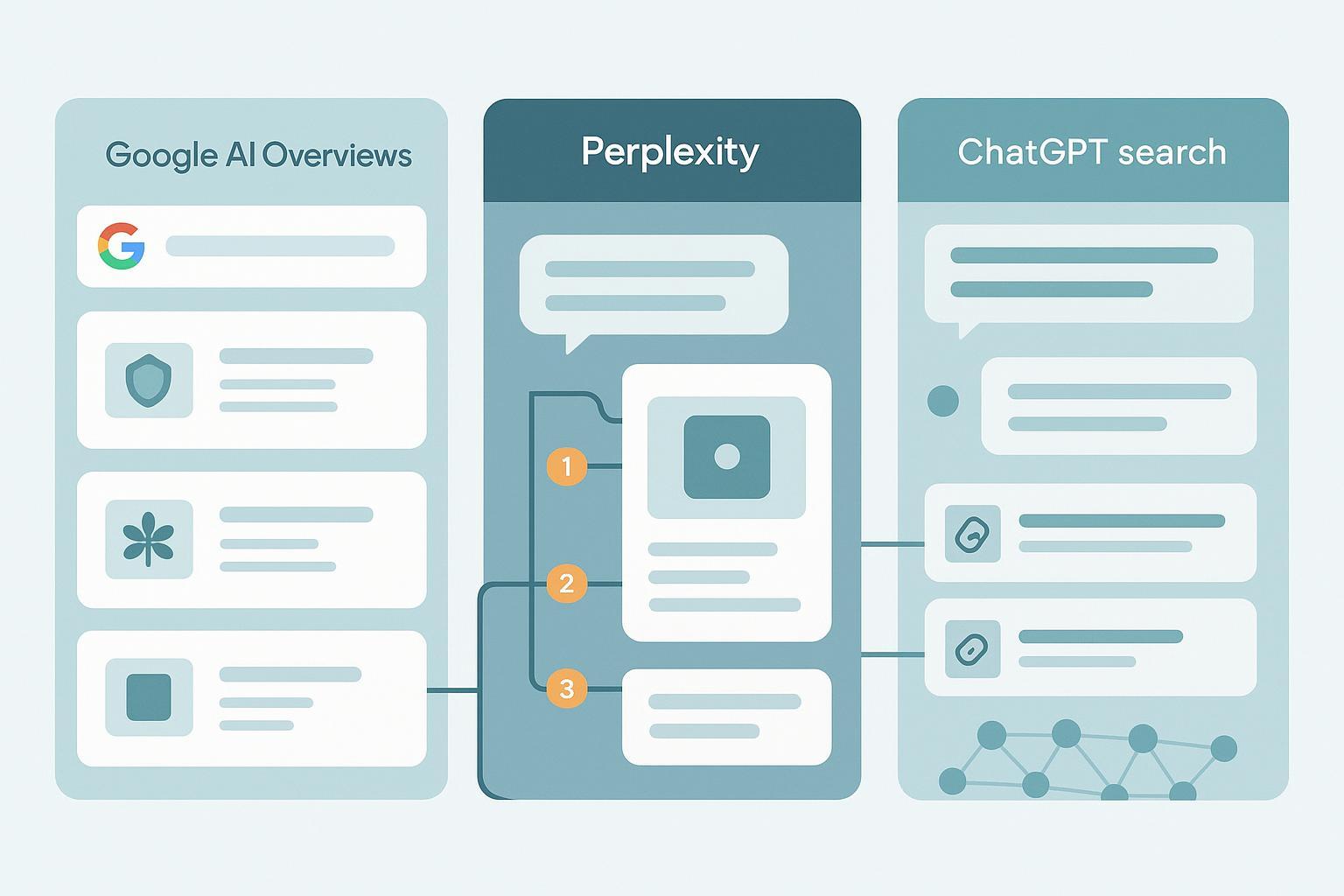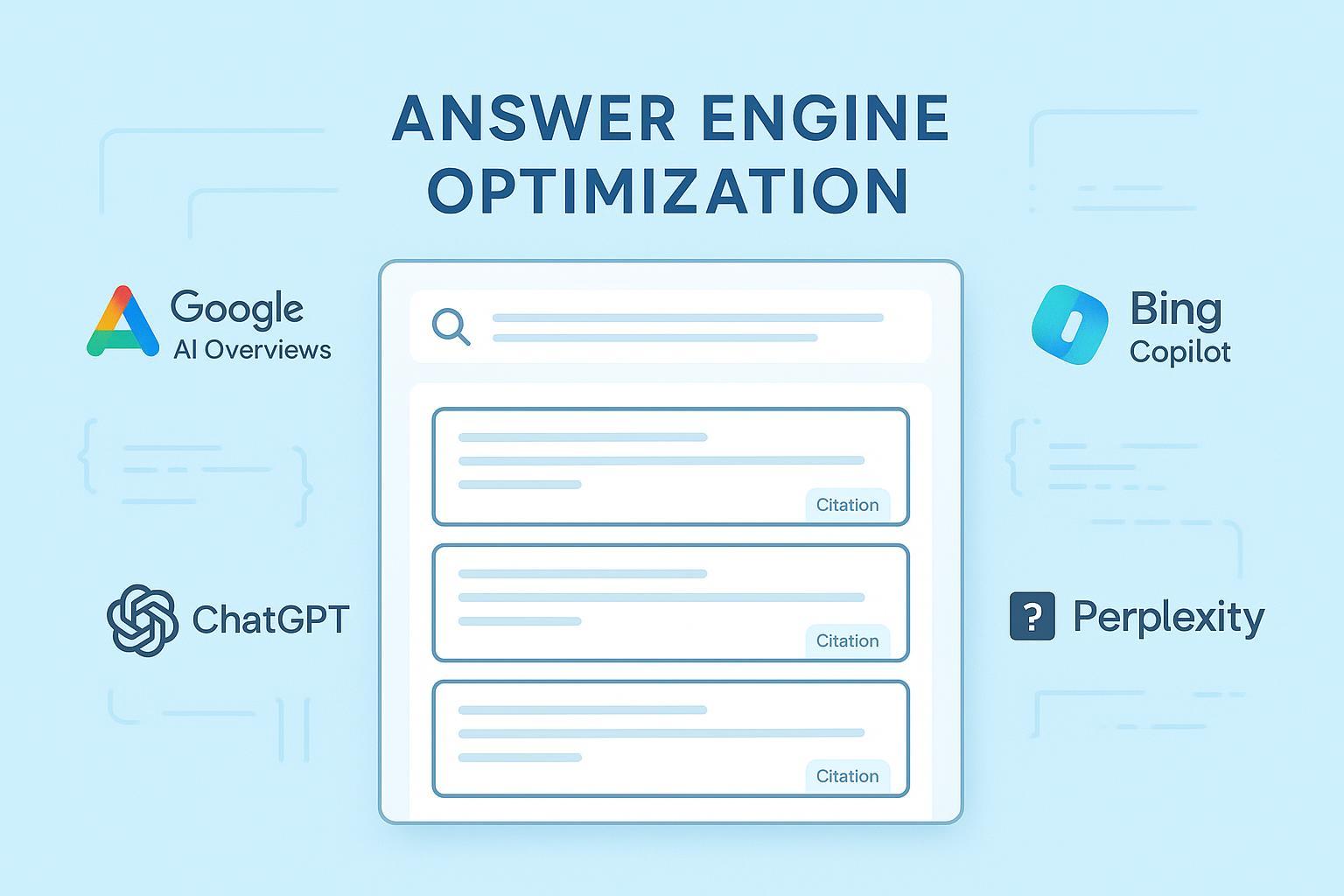What Is a Content Pillar (Pillar Page)? Definition, Structure & SEO Benefits
Discover what a Content Pillar (Pillar Page) is, how it boosts SEO, and why it’s essential for modern content strategy. Learn the structure, key components, real-world applications, and how AI search optimization tools like Geneo can enhance your pillar pages’ visibility and authority.


A Content Pillar (or Pillar Page) is a comprehensive, central web page that covers a broad topic in depth and links to a network of related, more specific content pieces—known as cluster pages—creating a structured content hub that boosts SEO and user experience.
In-Depth Explanation
A pillar page serves as the foundation of a topic cluster strategy. It provides an authoritative overview of a core subject, addressing all major aspects on a single page, while linking out to detailed cluster pages that dive deeper into subtopics. This structure helps search engines understand your site’s expertise and makes it easier for users to find relevant information. According to HubSpot, pillar pages are designed to match how people search today—using longer, more conversational queries—and how search engines now prioritize topic-based, interconnected content.
With the rise of AI-powered search engines like ChatGPT and Google AI Overview, pillar pages have become even more critical. These engines favor well-structured, comprehensive content hubs that clearly signal topical authority and provide seamless navigation between related topics.
Key Components
Core Topic Coverage: The pillar page broadly addresses a central theme relevant to your audience or business.
Cluster Pages: Each subtopic is explored in depth on its own page, which links back to the pillar page.
Internal Linking: Strong, consistent links connect the pillar page and cluster pages, forming a content network that enhances SEO and user navigation (Clariant Creative).
Structured Layout: Includes a table of contents, clear headings, and visual aids for easy skimming and navigation.
SEO Optimization: On-page SEO best practices—such as keyword-rich titles, meta descriptions, and optimized URLs—are applied throughout.
Real-World Applications
SEO and Organic Growth: Pillar pages help websites rank higher by signaling authority on a topic and distributing link equity across related content. For example, companies like HubSpot and SurferSEO have used pillar-cluster strategies to significantly increase organic traffic and keyword rankings.
AI Search Optimization: As AI search engines prioritize structured, authoritative content, brands can use tools like Geneo to monitor their pillar pages’ visibility in AI search results, analyze sentiment trends, and track the impact of content updates. By continuously optimizing pillar pages based on AI search performance data, businesses can maintain topical authority and adapt to evolving search algorithms.
Content Marketing: Pillar pages serve as evergreen resources, supporting lead generation, brand education, and customer engagement by providing a one-stop hub for in-depth information.
Related Concepts
Topic Cluster: A group of interlinked pages centered around a pillar page, each covering a specific subtopic in detail.
Cluster Page: A supporting content piece that explores a subtopic and links back to the pillar page.
Internal Linking: The practice of connecting related pages within a website to improve navigation and SEO.
Cornerstone Content: Another term for foundational, high-value content that anchors a site’s authority on a subject.
For brands aiming to maximize their visibility in both traditional and AI-driven search, building and optimizing content pillars is essential. Platforms like Geneo can help you track, analyze, and enhance your pillar pages’ performance across the latest search technologies.
Discover how Geneo can elevate your content strategy and AI search visibility →




